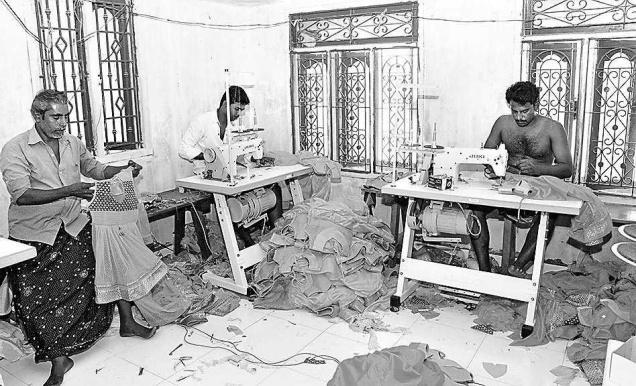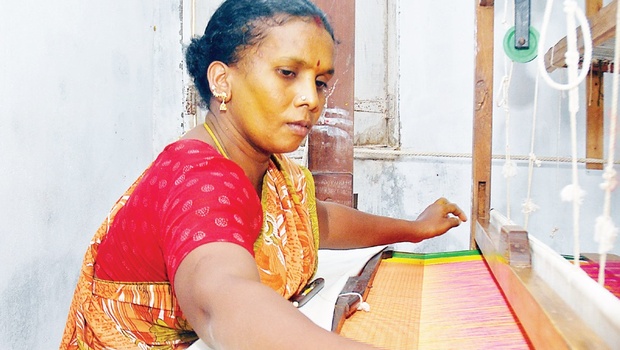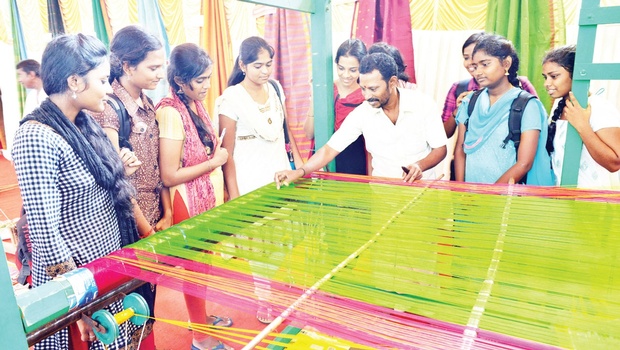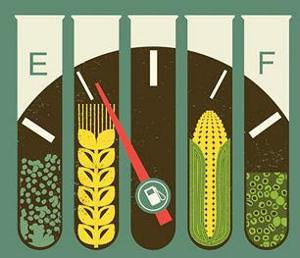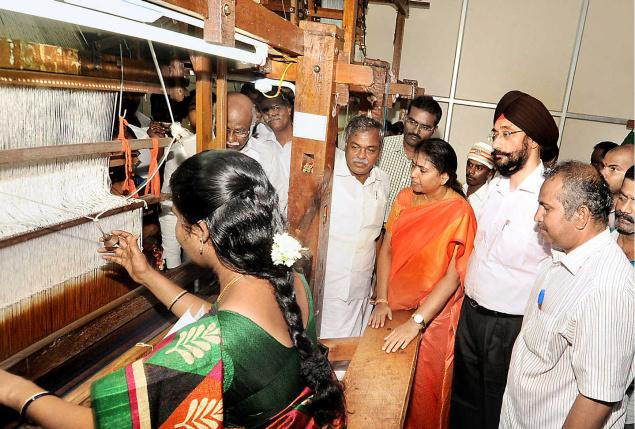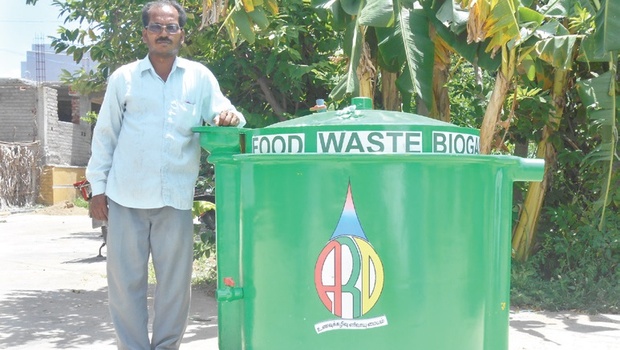It looks like Coimbatore has been witnessing a surge in the number of home entrepreneurs. These trendy businesswomen do not need a fancy set up or a plush studio to run their business, but are more than happy to churn out their goodies from the premises of their houses. Lathadevi R Sivakumar, who conducts baking classes in the city, doesn’t have an upmarket baking studio, but has a separate portion carved out of her home for her workshops. “I wanted to encourage people to make simple homemade food and teach them the basics of cooking. When I started my work, there was a common entrance to the house and there was a steady influx of people to the home. This posed as a hindrance in managing the family and business. But now I use a separate room in my house outside the entrance and have set clear working hours as well. I also take appointments before I meet people. It’s a 400 sq ft room and it can easily hold up to 15 people for a hands-on-session and 30 people for demo. This helps me to manage the flow of work smoothly.”
Isha Arora, who makes cellphone covers, keychains, wallets right in her bedroom, says that she just spreads a newspaper around and begins to work on the merchandises. “I have been making these crafty items for the last two years and every bit of the work happens in my bedroom. If the orders are less, I have a small table around the corner where I sit and make them. If the order is big, I just sit on the ground, spread few newspapers around and begin my work. The work predominantly happens after I finish my day at college, “says Isha, who sells her products online or at expos. “Only if it’s a bulk order, people come home. I also conduct classes for those interested in crafts right in my room on the ground,” she adds.
According to Latha, the biggest advantage of the arrangement is that she can be a lot flexible. “Since both workplace and home are in the same area, I do not have to fret over getting to work or getting back home. I can work long hours and also take breaks in between.” For Shereen Nunez, who caters custards for colleges along with her husband Arthur Auto Nunez, it’s a huge advantage as she can concentrate on both her family and work at the same time. “I started with just five custards two years ago and today I serve up to 300 custard cups every day. I didn’t have to invest much as well in the beginning since I just had to function out of my kitchen. The custards are made in the morning and we purchase the material every evening. If we have to cater biriyani on prior order, we cook it in traditional way with dum in a small space outside our home.”
Nithya Doraisamy, who has been making crafty tags, says that though she would love to open a craft studio in future, she enjoys working out of home as well. “I used to make these gifts for friends and when I realized that Coimbatore has a good demand for crafty tags, I decided to make more of them. I work out of an extra room that we have at home where I also stock my paper and paints. Since I am only a beginner and haven’t ventured into the business full-fledged in a commercial manner, working from home suits me me. I can finish all the work on my own and manage my personal life as well.”
source: http://www.timesofindia.indiatimes.com / The Times of India / National> City> Coimbatore / by P. Sangeetha, TNN / October 18th, 2015
